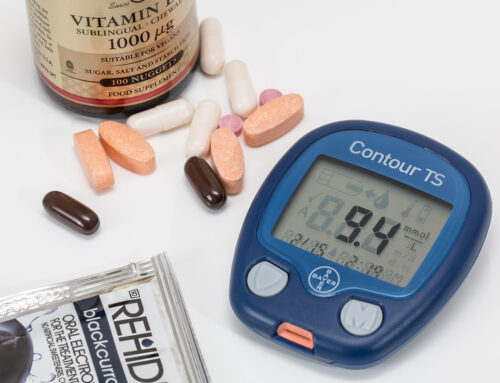Vitamin D is a chemical that our bodies are able to synthesize from direct exposure sunlight, which is our best source of Vitamin D. Vitamin D deficiency is a common worldwide problem, but we can overcome or avoid it by a balanced diet, supplements, and sensible sun exposure. Michael F. Holick, M.D., Ph.D., is a Vitamin D researcher and author of a book called The Vitamin D Solution (Hudson Street Press, 2010; Dr. Andrew Weil wrote the foreword to the book), and he developed a formula that helps you determine the amount of exposure you need year round. Dr. Holick advises estimating the time it would take your skin to turn pink in the sun and dividing that time by 25-50%, depending on your skin type and where you live. This is the total number of minutes of sun exposure you should have. So, if you are fair skin and live on the east coast, you would probably want to spend 20-30 minutes in the sun with arms and legs exposed (not your face) between the hours of 11a.m. to 3p.m. two to three times a week from March through May and September through October (Dr. Andrew Weil, 2010). In July and August, it is best to decrease this time to 15-20 minutes because the sun is more intense. After you reach your daily dose of exposure time, then you should apply sunscreen.
However, if you tend to avoid the sun as much as possible, you can still meet your vitamin D requirements through your diet. Oily fish (such as salmon), eggs, fortified cereal, and fortified dairy products (such as milk) are all excellent sources of vitamin D.
This vitamin is necessary to keep the teeth and bones strong. It helps to ensure that sufficient levels of calcium are absorbed, which is also essential for bone health. A lack of this vitamin leads to the condition known as rickets, if it occurs in children, and osteomalacia in adults. This will lead to pain, tenderness, and deformities of the bones.
Vitamin D can also provide long-term protection against osteoporosis, especially when combined with calcium. These two nutrients combine to strengthen the bones, delaying both the onset and progression of the condition, which is frequently seen in women after the menopause. Before menopause, the presence of estrogen helps to prevent the thinning of the bones.
Low levels of vitamin D can play a role in a number of other conditions, namely asthma, heart disease, and some cancers. Vitamin D is thought to provide some form of protection against these diseases and reduce the risk of them developing. However, as this has not been shown in clinical studies, the importance of vitamin D in preventing these conditions is not yet known.
Vitamin D deficiency is rare, but can occur in certain conditions. It is more likely to be seen in patients who are obese or have digestive tract disorders such as Crohn’s disease or celiac disease. A deficiency may also develop during pregnancy, due to its use in the development of the child.



